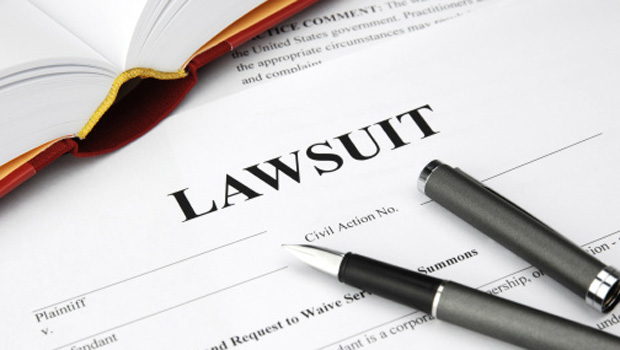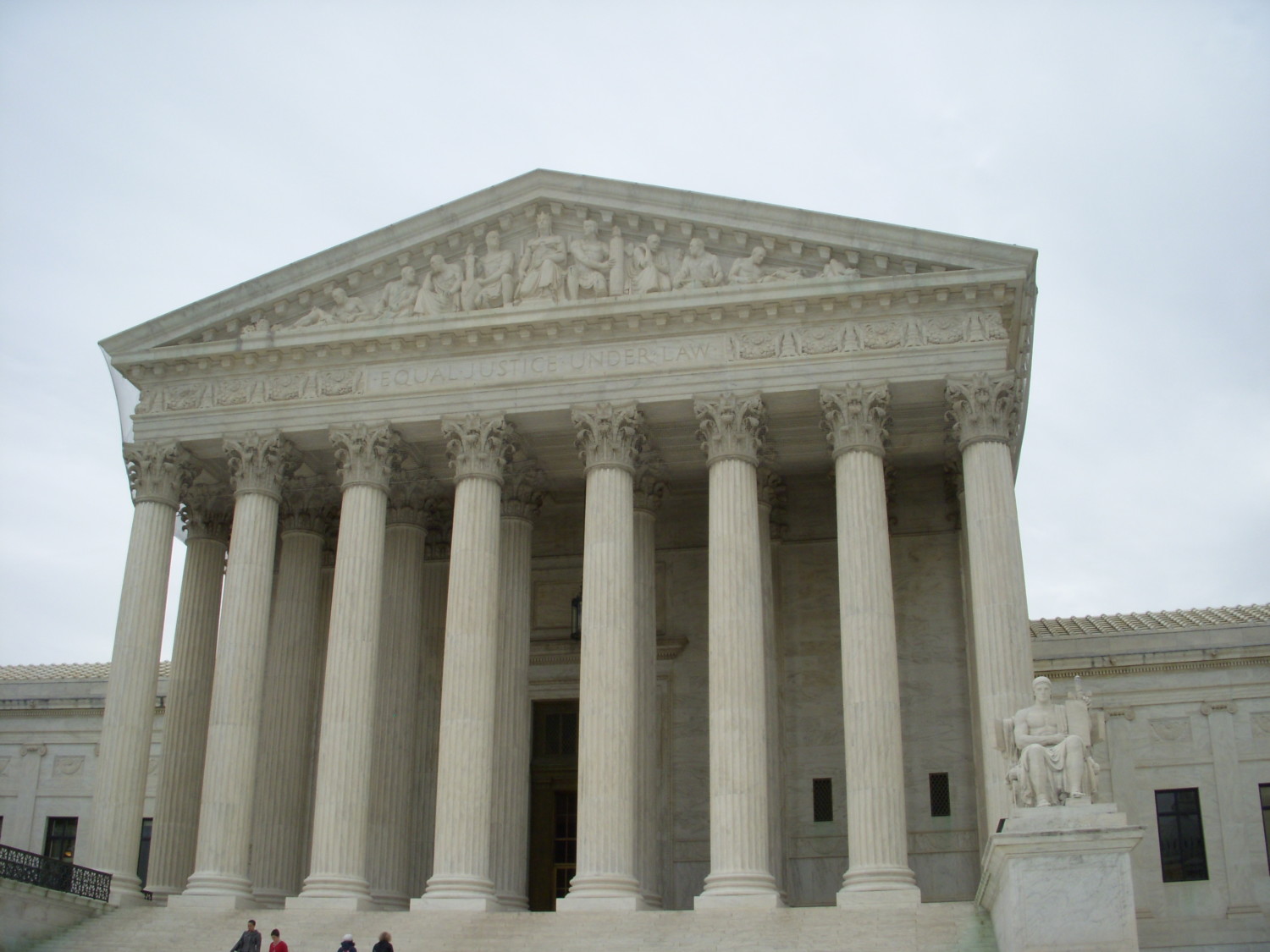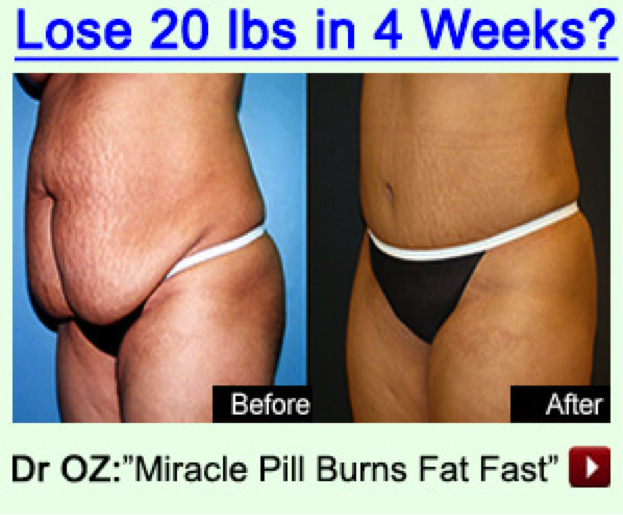
Week in Review
Oil, heating pads, rugs, razors, and drinks – no, this isn’t about preparing for a romantic interlude, but rather the products featured in the I-think-you’re-lying-to-me category during the week of…
It took more than 12 years of litigation between Lexmark International and Static Control Components over toner and toner cartridges for the U.S. Supreme Court to quote these profound words from a 1929 Yale Journal piece:
[t]here need be no competition in unfair competition,” just as “[t]here is no soda in soda water, no grapes in grape fruit, no bread in bread fruit, and a clothes horse is not a horse but is good enough to hang things on.
(Obviously, Justice Scalia wasn’t up on his British Greek yogurt jurisprudence when he chose this quote.)
At issue before the high court was whether Static Control could sue Lexmark for false advertising under a federal law known as the Lanham Act, which allows companies to sue other companies for false advertising. Turns out the answer is yes, yes it can. But the Supreme Court said a lot more than that.
In a smack down worthy of the WWE, the high court disagreed with the way the parties framed the question and rejected the tests that nine different circuit courts had used to determine when a company can sue another company for false advertising. The Supreme Court created its own shiny new test, which it framed as follows:
[t]o invoke the Lanham Act’s cause of action for false advertising, a plaintiff must plead (and ultimately prove) an injury to a commercial interest in sales or business reputation proximately caused by the defendant’s misrepresentations.
Whether this new test will result in more false advertising claims under the Lanham Act is yet to be seen, but it does mean that companies do not need to be in direct competition to sue one another. As the Court explained
When a party claims reputational injury from disparagement, competition is not required for proximate cause; and that is true even if the defendant’s aim was to harm its immediate competitors, and the plaintiff merely suffered collateral damage.
Where, you may ask, does all this leave consumers? Musing that “[i]n a sense, … all commercial injuries from false advertising are derivative of those suffered by consumers who are deceived by the advertising,” Justice Scalia none-the-less found that:
A consumer who is hoodwinked into purchasing a disappointing product may well have an injury-in-fact cognizable under Article III, but he cannot invoke the protection of the Lanham Act….
So in the end, the parties to this litigation get to go all the way back down to the trial court to actually try the case, companies now have a new test to use when considering whether to sue for false advertising under the Lanham Act, and consumers … well consumers actually get nothing out of this decision. Consumers will have to continue to rely on other state and federal laws to protect them.
Oil, heating pads, rugs, razors, and drinks – no, this isn’t about preparing for a romantic interlude, but rather the products featured in the I-think-you’re-lying-to-me category during the week of…
During the week of February 4, 2013, digestion, food, and make-up bubbled to the top of the legal I-think-you’re-lying-to-me landscape. Three new false advertising class actions were filed: Maybelline was…
First reaction: totally gross. Second reaction: hello Photoshop!

